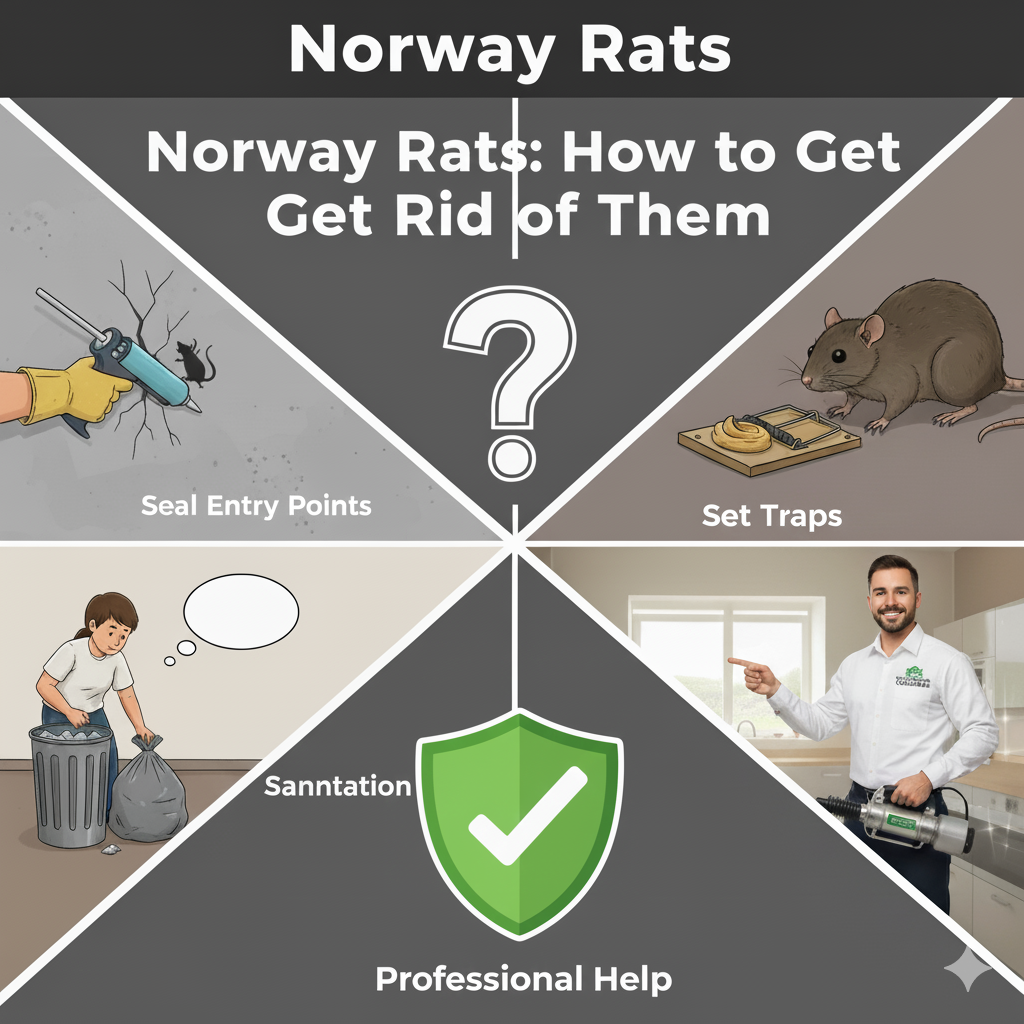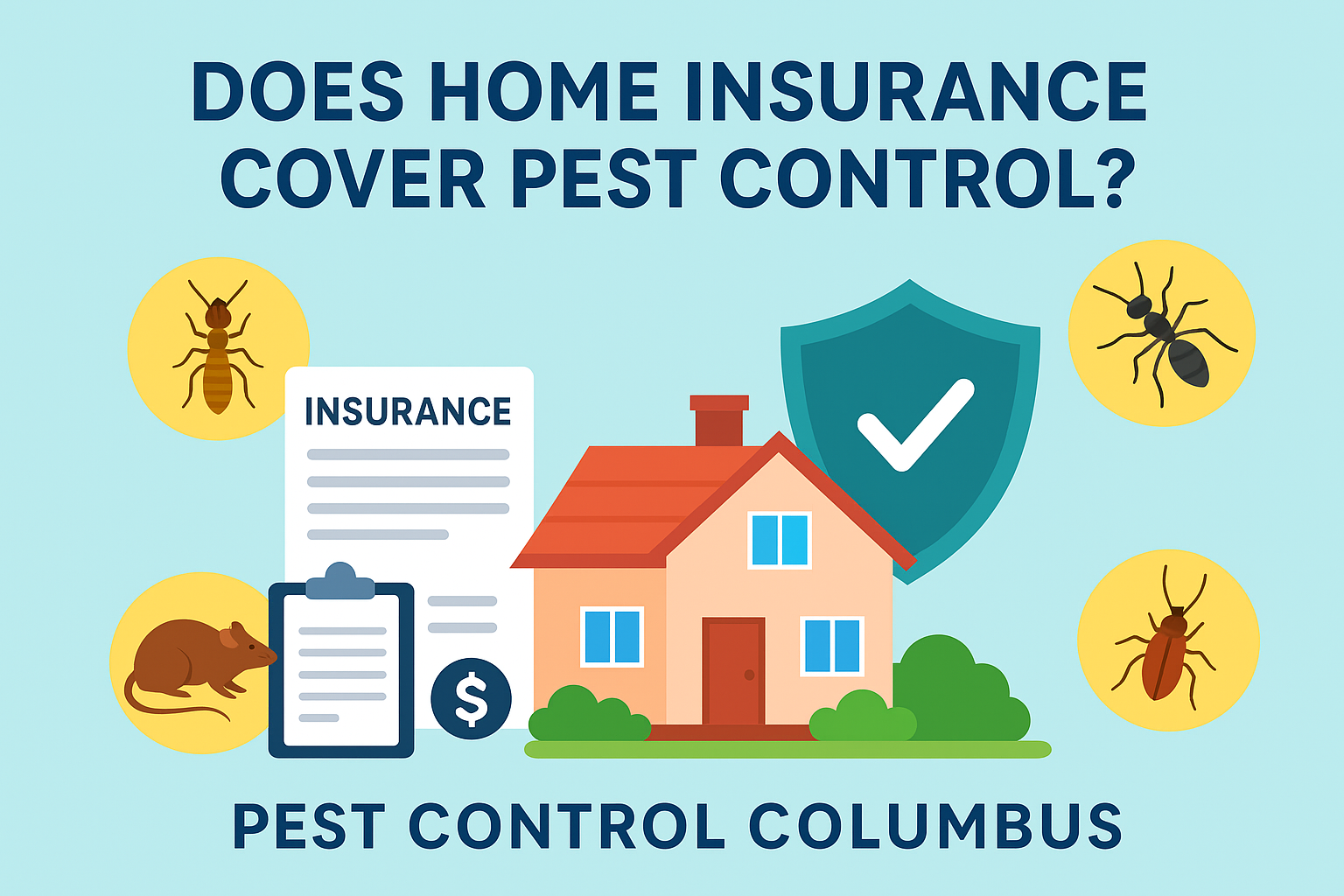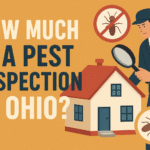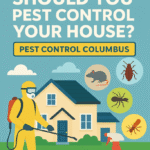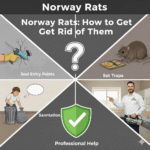Norway rats are one of the most common and destructive rodents found across urban and suburban areas. Known for their large size, aggressive nature, and ability to adapt to nearly any environment, these pests can cause significant damage to homes, businesses, and outdoor spaces. They contaminate food, spread disease, and gnaw through wood, plastic, and even electrical wiring, leading to costly repairs and potential fire hazards. Because of their rapid breeding and nocturnal habits, infestations can quickly spiral out of control if not handled promptly.
In Columbus, homeowners and businesses often encounter Norway rats in basements, foundations, and around sewers or garbage storage areas. Eliminating them requires more than a one-time solution. At Pest Control Columbus, we understand that successful rat control means combining sanitation, exclusion, and targeted treatment. This guide will walk you through practical methods to get rid of Norway rats and prevent them from returning.
Understanding Norway Rats
Before addressing an infestation, it helps to understand the basic habits and traits of Norway rats. Also known as brown rats, sewer rats, or common rats, these rodents are larger and stockier than roof rats. Adults typically measure up to 10 inches long, with grayish-brown fur, small ears, and blunt noses. Their tails are shorter than their bodies and somewhat scaly.
Norway rats are ground dwellers. They dig burrows near foundations, under porches, and in gardens. These burrows serve as nesting sites and safe routes to food and water. Because they are opportunistic feeders, they consume almost anything, from garbage and pet food to seeds, fruits, and meat. Their strong teeth allow them to chew through many materials, giving them easy access to storage and living spaces.
Step 1: Eliminate Food and Water Sources
The first step in rat control is making your property less appealing to these rodents. Rats are primarily attracted to food and water, so sanitation plays a key role.
Remove food sources:
- Store dry goods like grains, pet food, and cereal in sealed containers.
- Clean up fallen fruit, nuts, or birdseed around the yard.
- Avoid leaving pet bowls outside overnight.
Secure trash:
- Use heavy-duty trash cans with tight-fitting lids.
- Empty garbage regularly to avoid attracting rats.
- Place outdoor bins away from entry points.
Eliminate water sources:
- Repair leaky faucets, pipes, or outdoor spigots.
- Remove standing water from buckets, planters, or clogged gutters.
- Ensure drainage systems are working properly.
Without easy access to food and water, Norway rats will find your property far less inviting.
Step 2: Seal Entry Points
Norway rats are excellent burrowers, but they also take advantage of cracks and gaps to enter homes. An adult rat can squeeze through an opening as small as a quarter-inch, so careful inspection is essential.
Inspect foundations and structures:
- Walk around your home and check for holes or cracks near the foundation.
- Pay attention to gaps around pipes, vents, and utility lines.
Seal openings:
- Use steel wool, metal mesh, or caulk to close small gaps.
- For larger holes, apply cement, sheet metal, or hardware cloth.
- Install door sweeps on exterior doors and weatherstripping on windows.
By cutting off access points, you reduce the likelihood of rats finding their way inside.
Step 3: Use Traps and Baits
Once you’ve secured your property, the next step is eliminating any rats that remain. Traps and baits are the most common methods for direct control.
Snap traps:
Snap traps are one of the most effective tools for killing Norway rats. They should be placed along walls, behind appliances, or near burrow entrances locations where rats frequently travel. Bait them with peanut butter, bacon, or dried fruit.
Glue boards:
Glue traps can capture rats, but they are less humane and may not be as effective for larger infestations.
Pre-baiting:
Place unset traps with bait for a few days so rats become accustomed to them. Once rats are comfortable, set the traps for maximum results.
Rodenticides:
In some cases, poison baits may be necessary. These should always be placed inside tamper-proof bait stations to protect children, pets, and non-target animals. Use rodenticides carefully and in accordance with local regulations.
Step 4: Maintain Your Yard
Norway rats thrive in cluttered, overgrown spaces that provide cover. By keeping your yard tidy, you remove potential nesting sites.
- Mow the lawn regularly.
- Trim shrubs, bushes, and low-hanging branches.
- Store firewood at least 18 inches off the ground and away from the house.
- Remove piles of debris, lumber, or unused equipment.
A clean, open yard leaves rats exposed and vulnerable, making it harder for them to establish burrows.
Step 5: Monitor and Prevent Future Infestations
Rat control doesn’t end once the visible infestation is gone. Regular monitoring and preventive measures are essential to keep your home rat-free.
Signs of Norway rats:
- Droppings: Large, blunt-ended pellets about ¾ inch long.
- Gnaw marks: Found on wood, plastic, or food packaging.
- Burrows: Holes in soil near foundations or sheds.
- Noises: Scratching or scurrying sounds at night.
Prevention tips:
- Continue sealing potential entry points as your home settles.
- Keep food stored securely and garbage properly managed.
- Schedule seasonal inspections, especially before winter.
Why Professional Help May Be Necessary
Although DIY methods can reduce rat activity, large infestations often require professional intervention. Norway rats breed quickly, and even a small number can multiply into a colony of dozens within a short time. Professionals have access to stronger tools, advanced techniques, and the experience to eliminate rats effectively while minimising risks.
At Pest Control Columbus, we specialise in identifying the root causes of rat infestations, implementing safe and targeted treatments, and providing long-term prevention strategies. By working with experts, homeowners can save time, avoid frustration, and protect their property from recurring infestations.
Final Thoughts
Norway rats are more than a nuisance; they pose health risks, damage property, and can quickly take over if left unchecked. Fortunately, with the right approach, it is possible to get rid of them and keep your home rat-free. Start by eliminating food and water sources, sealing entry points, and using traps or baits effectively. Combine these efforts with yard maintenance and consistent monitoring to create an environment that is hostile to rats.
For ongoing protection or severe infestations, professional services provide the most reliable results. If you’re dealing with Norway rats in Columbus, taking proactive steps today will help safeguard your home for the future.
Frequently Asked Questions About Norway Rats
1. What are Norway rats?
Norway rats, also called brown rats or sewer rats, are large, stocky rodents with grayish-brown fur, small ears, and blunt noses. They typically burrow near foundations and can chew through wood, plastic, and even electrical wiring.
2. How do I know if I have a Norway rat infestation?
Common signs include droppings (¾ inch, blunt-ended pellets), gnaw marks on materials or food packaging, burrows near foundations, and scratching or scurrying noises at night.
3. Where are Norway rats commonly found in Columbus homes?
They are often found in basements, foundations, sewers, and around garbage storage areas. They also create burrows under porches and in gardens.
4. What attracts Norway rats to my property?
Food, water, and shelter. Accessible trash, pet food left outside, fallen fruit, standing water, and cluttered yards make properties more inviting to rats.
5. How can I prevent Norway rats from entering my home?
Seal all entry points larger than a quarter-inch using steel wool, mesh, or cement. Install door sweeps and weatherstripping, and keep food stored securely.
6. What methods are effective for getting rid of Norway rats?
Effective control methods include:
- Snap traps baited with peanut butter, bacon, or dried fruit.
- Sealed bait stations with rodenticides (used carefully).
- Maintaining sanitation by removing food/water sources.
- Keeping yards clean and free of clutter.
7. Are glue traps effective for Norway rats?
Glue boards can capture rats but are less effective and considered less humane compared to snap traps or bait stations.
8. Why is sanitation important in rat control?
Eliminating food and water sources makes your property less attractive to rats and helps ensure that traps and baits work more effectively.
9. Can I get rid of Norway rats on my own?
Small infestations can sometimes be controlled with DIY methods like traps, sealing entry points, and cleaning up food/water sources. However, large infestations often require professional help.
10. When should I call a professional for rat control?
If you notice multiple signs of infestation, see rats during the day (indicating a large colony), or find that DIY efforts aren’t working, it’s best to contact a professional pest control service.
11. How can Pest Control Columbus help with Norway rats?
We provide a complete rat control solution by identifying entry points, eliminating active infestations with safe and targeted treatments, and implementing preventive strategies to stop future issues.

